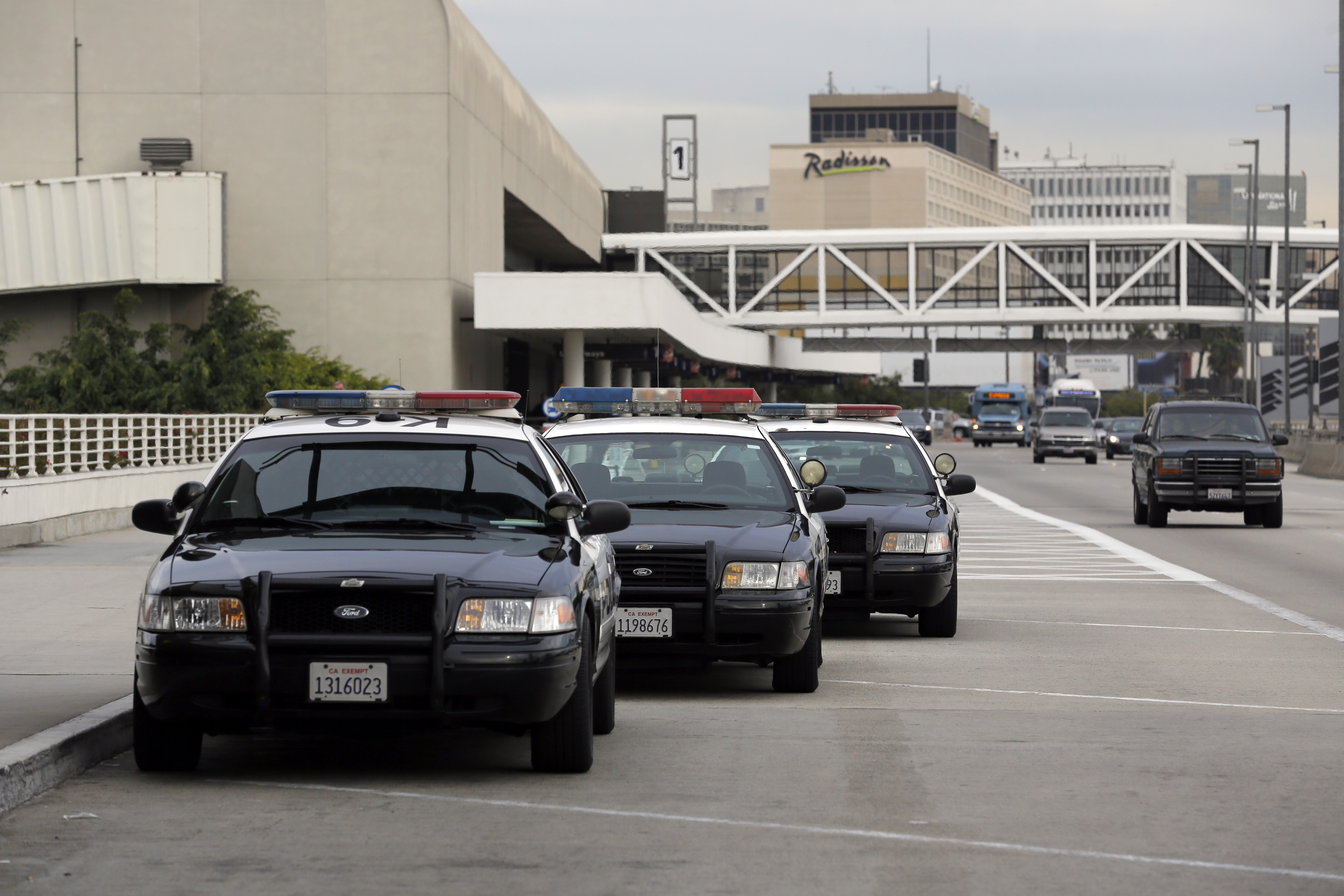Why immigrants make America's crime rate plunge
The U.S. could look a lot safer in 2050 — provided it keeps the borders open

Hollywood famously envisioned an America free of criminals in 2002's Minority Report. But Steven Spielberg didn't need Tom Cruise or his soothsaying mutants to predict what crime would look like in the year 2054: A more accurate prophecy was just outside the set.
The way the city of Los Angeles looks today — diverse, with no clear ethnic majority — is likely how the rest of the country will look by 2050, demographic studies from the U.S. Census Bureau have found. And researchers with Los Angeles 2050, a study commissioned by the Goldhirsh Foundation, say this could have a real impact on something that preoccupies many Americans: crime.
According to the study, the crime rate in Los Angeles has fallen to historic lows, in line with a nationwide trend. But L.A. — a city in which 35 percent of residents were not born in the U.S. — has actually seen crime rates go down at a faster rate than cities with fewer immigrants.
The Week
Escape your echo chamber. Get the facts behind the news, plus analysis from multiple perspectives.

Sign up for The Week's Free Newsletters
From our morning news briefing to a weekly Good News Newsletter, get the best of The Week delivered directly to your inbox.
From our morning news briefing to a weekly Good News Newsletter, get the best of The Week delivered directly to your inbox.
Other research backs up the link. A 2008 study from the Public Policy Institute of California found that despite comprising 35 percent of the state's population, only 17 percent of California's prisoners were foreign-born immigrants. This means that adult males born in the United States were jailed nearly 3.3 times more often than men born outside the country.
And a 2009 study from the Rand Corporation found that kids growing up in first-generation immigrant households were less likely to be victims of violence than kids growing up in U.S.-born households, even when they lived in the same low-income neighborhoods. The researchers said their findings indicated that living in an immigrant household was "a protective mechanism even in distressed neighborhoods" where violence was common.
"There are various theories aimed at understanding why we find lower crime rates among the first generation, most are linked to the contention that the process of migrating isn't easy," Bianca Bersani of the University of Massachusetts Boston told The Week in an email. She has conducted her own independent studies of individuals, rather than neighborhoods, comparing crime rates across generations, and says her own research supports these findings.
First, migration is difficult, Bersani noted, so immigrants are likely self-selecting. Likewise, many immigrants without legal status risk deportation and thus may be more likely to obey the law. First generation immigrants may also have a more positive outlook towards law enforcement and the legal system than second generation immigrants or native-born Americans. Another thing to consider is family structure, she said: Immigrant families are often intact, featuring two-parents.
A free daily email with the biggest news stories of the day – and the best features from TheWeek.com
But there's a flip side, too. As immigrants live longer in the United States, research indicates that they catch up to native-born Americans in terms of crime. By that time, second-generation immigrants have become "typical U.S. born youth," Bersani said.
Her research shows that "second generation immigrant criminal behavior is no different from typical native-born youth offending," she said, and that when put under the same influences as native-born American kids, second-generation immigrant kids make similar choices.
"Looking back 100 years we see a story similar to today whereby first generation immigrants displayed lower levels of offending compared to their second-generation children," she said. "At the same time these children progressed up the social ladder and are now considered part and parcel of mainstream U.S. society."
In Los Angeles, at least, the immigration that has made it into one of the country's most diverse cities is seen as an asset, both as a measure against crime and as a driver for tourism and economics. The city is home to the most Mexicans, Filipinos, Iranians, Salvadorans, and Koreans outside of their native countries. The University of Southern California has routinely claimed the most international students in the country.
For the researchers at Los Angeles 2050, this bodes well for their city.
"In the case of public safety, racial diversity is one of Los Angeles' greatest assets," they wrote.
And perhaps the same will be said of more American cities in the future.
Matt Hansen has written and edited for a series of online magazines, newspapers, and major marketing campaigns. He is currently active in press freedom and safety research with Global Journalist Security.
-
 Political cartoons for November 23
Political cartoons for November 23Cartoons Sunday’s political cartoons include a Thanksgiving horn of plenty, the naughty list, and more
-
 How will climate change affect the UK?
How will climate change affect the UK?The Explainer Met Office projections show the UK getting substantially warmer and wetter – with more extreme weather events
-
 Crossword: November 23, 2025
Crossword: November 23, 2025The daily crossword from The Week